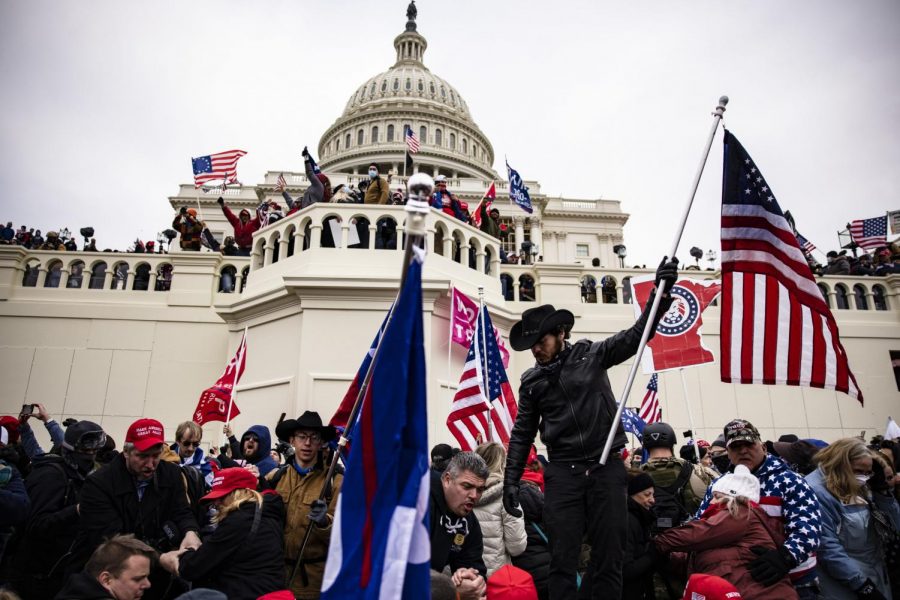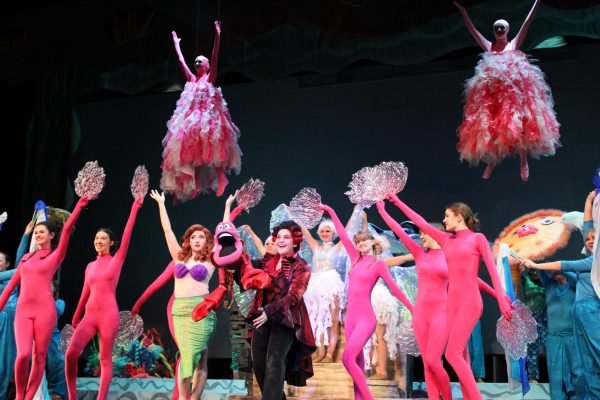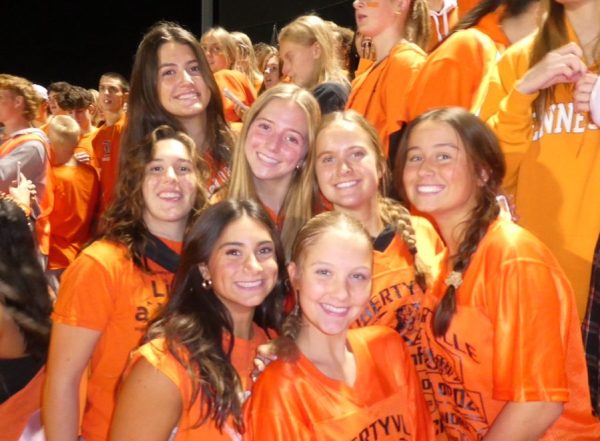What to Call the Jan. 6 Events at the Capitol? Inside the Tangled Web of Legal Terms
Creator: Samuel Corum | Credit: Getty Images
On Jan. 6, insurrectionists stormed the United States Capitol building in an attempt to stop Joe Biden’s presidential win from being certified by Congress.
On Jan. 6, the world watched, glued to their televisions, as the Capitol building of the country that prides itself on being the greatest democracy on Earth was stormed by violent insurrectionists.
These rioters had one main goal — to overturn the results of the 2020 presidential election, which has been proven time and time again to have been a free and fair election, according to Politico.
Immediately following the election, 70 percent of Republicans believed the election was rigged or unfair, Politico reported, a number that steadily trickled down as the inauguration drew nearer.
However, groups of people, especially those concentrated on social media platforms such as Parler, continued to think the election was rigged and wanted to do something about it, according to NBC News. On Parler, a social media platform that became notorious for supporting alt-right extremist ideas and has since been removed by Amazon’s web hosting service, groups of people got together and planned to attack the United States Capitol during the certification of the presidential election results.
Starting at 6 a.m. on Jan. 6, there were four rallies in the Washington D.C. area. These rallies were announced weeks in advance on former President Donald Trump’s tweet with the message, “Statistically impossible to have lost the 2020 Election. Big protest in D.C. on January 6th. Be there, will be wild!” At these rallies, various allies of the then-president spoke, including his son Donald Trump Jr. and his personal attorney, Rudy Giuliani.
After the rallies, Trump supporters walked to the Capitol and began protesting in what was called “The March to Save America,” while the Electoral College results were being certified inside.
At that point, it was a protest, which is legal under First Amendment rights, which outlines the rights to peacefully assemble and speak freely.
However, around noon, rioters began violently clashing with police, including trampling over barriers and breaking into the Capitol building by smashing windows, storming through doors and climbing over fences.
That was the point when a peaceful protest became a violent mob. A protest needs to be peaceful in order for it to be legal. Violence is not at all allowed, but “there are matters of degree,” stated government teacher Dennis Duffy, a former lawyer.
“The rioting associated with the George Floyd protests and the other protests over the mistreatment of African Americans by the police, for example, pales in comparison to the active disruption of the mechanics of government that you saw on Jan. 6,” Mr. Duffy said. “One of the arguments I’ve heard is a comparison of the two . . . It’s not an appropriate comparison because . . . the [difference] between the basis of a protest over a civil rights matter and the act of disruption of a constitutional-required operation of government is vast.”
The issue with classifying the storming of the Capitol is that legal terms like these are not clearly defined. For example, a riot is legally defined as, “A concerted action made in furtherance of an express common purpose, through the use or threat of violence, disorder, or terror to the public, and resulting in a disturbance of the peace involving three or more actors,” according to Cornell University.
That can cover a wide range of areas, including the storming of the Capitol, since the people who assembled had the common goal of preventing the electoral votes from being certified, used violence and disorder, and disturbed the peace.
But is what happened at the Capitol only a riot, or did it go further into insurrection or coup territory?
According to Mr. Duffy, it is an insurrection. He explained, “Any legitimacy of their position evaporated when they became rioters advancing into the U.S. Capitol building, [since] they disrupted the legitimate operation of government. Now you can make an argument that this is an insurrection because they’re disrupting the government.”
On various news sources and over social media, it has been stated that the storming of the Capitol was a coup. However, this is not necessarily the case.
The exact definition of a coup varies. Matt Thompson, a world history teacher, stated that a coup is “an overthrow of government, in its most basic definition,” he views the events on Jan. 6 an attempted coup, unless the people invading the capitol were not there to try to overthrow the government
Other definitions of coups are more complex and explain how coups require not only an overthrow of government, but also military involvement, a group of people within the government working with the insurrectionists in an illegal manner, and a long-term, sustained effort. It could be argued that the Capitol insurrection had some of these aspects, like its organization on Twitter, Parler, and other social media sites and the active encouragement of the rioters on former President Trump’s part.
“To be a coup, you need more organization . . . and Donald Trump is not known for his organizational abilities,” Mr. Duffy said. “There was no indication of coordination from inside the chamber to outside the chambers through tweets or emails or anything like that. So, I would argue [that] this is an insurrection . . . because it was a disruption of the operation of government, and a rebellion against the constitutional authority of the U.S. government and its operation.”
According to Encyclopedia Britannica, the chief prerequisite for a coup is control of all or part of the military or police. It has been proven that some Capitol Police officers took selfies with the rioters or allowed them past barriers, but that number is not nearly enough in comparison to other famous coup d’etats.
The quintessential example of a coup is Napoleon’s coup d’etat on Nov. 9, 1799, where he stormed the building where the French Directory met and declared himself ruler. This act was planned weeks in advance with the support of military leaders, something that cannot be said about the Capitol insurrection.
“It’s hard to not sound political when saying this,” clarified Mr. Thompson, “but when Hitler tried in 1923 to overthrow the government, it was a failure. He was thrown in jail. And if that was the end of the story, then it probably would have been written up as a bunch of people violently trying to overthrow the government . . . [The Capitol invasion] could be viewed as similar because we think of [Hitler’s attempted overthrow of government] as a coup.”
What happened on Jan. 6 lies in a tangled web of legal definitions. It is certain that this was not merely a protest, since it ceased to be one the moment rioters attacked police. Most likely, it could be described as an insurrection, under the Insurrection Act of 1807. There is simply no rigid legal definition of what a coup d’etat is, as nothing remotely similar to this has ever happened before in the United States.
“I should highlight . . . exactly how fragile our system of government is. We live in a political experiment in self governance, and there is zero guarantee that our system of government will continue as it is,” Mr. Duffy said. “We have to defend . . . [and] cut down on this kind of crap — rioters breaking into the U.S. Capitol. That’s what I mean by defending our [fragile] system of government.”







